Search
Remove Ads
Advertisement
Summary 
Loading AI-generated summary based on World History Encyclopedia articles ...
Search Results
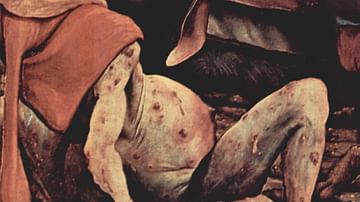
Definition
St. Anthony's Fire
St. Anthony's Fire (SAF) is an illness brought on by the ingestion of fungus-contaminated rye grain causing ergot poisoning (ergotism). The disease's common name derives from the medieval Benedictine monks dedicated to that saint who offered...
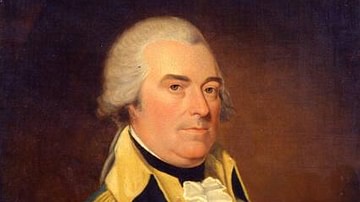
Definition
Anthony Wayne
Anthony Wayne (1745-1796), better known by his nickname 'Mad Anthony', was a brigadier general of the Continental Army during the American Revolutionary War (1775-1783). After the war, he briefly served in Congress before resuming his military...

Definition
David Hume
David Hume (1711-1776) was a Scottish philosopher, writer, historian, and important figure in the Enlightenment. Hume presented a positive view of human nature but a sceptical view of religion's usefulness. His Treatise of Human Nature was...
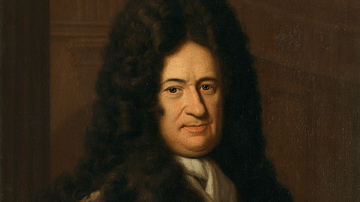
Definition
Gottfried Wilhelm Leibniz
Gottfried Wilhelm Leibniz (1646-1716) was a German polymath who became well-known across Europe for his work, particularly in the fields of science, mathematics, and philosophy. Leibniz's rationalist philosophy attempted to reconcile traditional...
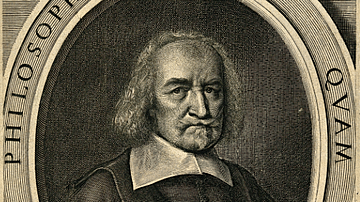
Definition
Thomas Hobbes
Thomas Hobbes (1588-1679) was an English philosopher who famously summarised his pessimistic view of human nature in his greatest work, Leviathan, published in 1651. Hobbes believed that the life of humanity in the state of nature is short...
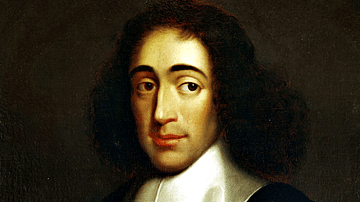
Definition
Baruch Spinoza
Baruch Spinoza (1632-1677) was a Dutch philosopher who combined rationalism and metaphysics to create a unique system of thought. Spinoza was held up as an atheist philosopher in the 18th century, but this is not an entirely accurate representation...

Article
Monastic Orders of the Middle Ages
The monastic orders of the Middle Ages developed from the desire to live a spiritual life without the distractions of the world. Men and women who took religious vows were seeking a purity of experience they found lacking as lay people. Their...

Image
Sufferer of St. Anthony's Fire
A detail of a c. 1512 CE painting by Mathias Grunewald showing a man suffering from St. Anthony's fire (ergotism). 'Temptation of St. Anthony'. (Unterlinden Museum, Colmar, France)
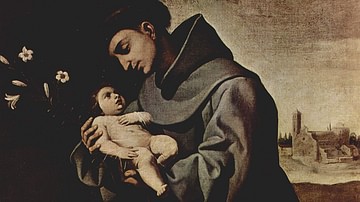
Image
Saint Anthony of Padua
Saint Anthony of Padua, oil on canvas by Francisco de Zurbarán, c. 1640.
Museo del Prado, Madrid
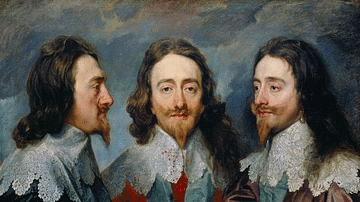
Image
Charles I by Anthony Van Dyck
A c. 1635 oil-on-canvas painting of Charles I of England (r. 1625-1649) by Anthony van Dyck. The artist has chosen to represent the king in triplicate, each version wearing different clothing and coloured slightly differently. This choice...